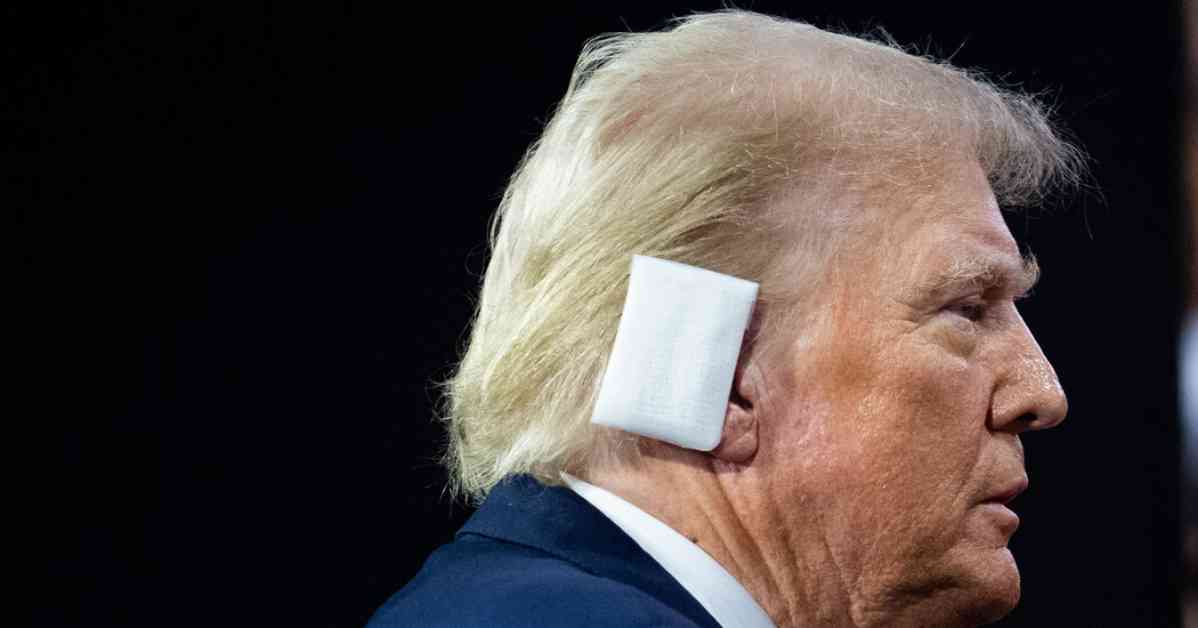The F.B.I. has confirmed that former President Donald J. Trump was indeed struck by a bullet, whether whole or fragmented, during an assassination attempt earlier this month. This clarification comes after F.B.I. Director Christopher A. Wray initially suggested that the injury may have been caused by shrapnel, sparking controversy and backlash from Trump and his supporters.
The incident took place at a campaign rally in Butler, Pa., on July 13, where a gunman opened fire, resulting in one fatality and two injuries. The shooter, Thomas Crooks, was killed by a Secret Service sniper. Trump has claimed that divine intervention saved his life after a bullet grazed his ear, vehemently denying any involvement of shrapnel.
The F.B.I. is currently analyzing bullet fragments to determine the exact nature of the projectile that struck Trump. Despite the ongoing scrutiny, Wray has emphasized that the assassination attempt was a direct attack on democracy and that there is no doubt Crooks intended to kill the former president.
Gun experts have pointed out that the ammunition used by Crooks, fired from an AR-15-style rifle, has the potential to fragment upon impact, posing a significant threat to those in the vicinity. The New York Times published an analysis suggesting that Trump was grazed by the first bullet fired by the assailant.
This revelation has reignited tensions between Trump and the F.B.I., with the former president criticizing the bureau for its handling of the investigation. Trump’s insistence on the bullet theory has further strained his relationship with the law enforcement agency, which has been a point of contention throughout his presidency.
As the investigation continues, the F.B.I. remains committed to uncovering the truth behind the assassination attempt and ensuring accountability for those involved. The incident serves as a stark reminder of the dangers faced by public figures and the importance of upholding security measures to safeguard against such threats.




